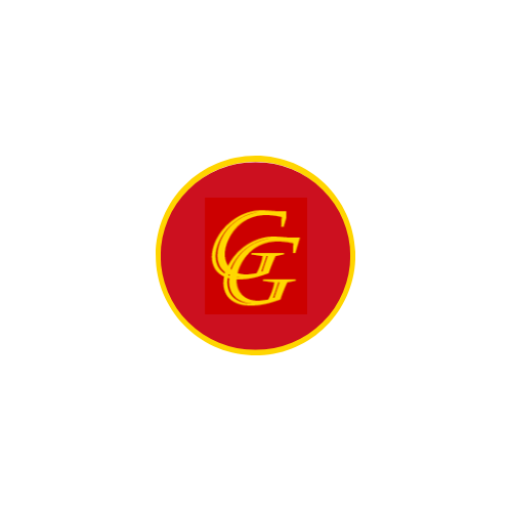
Good morning Leathernecks, and on this the 3rd day of August in the history of our beloved Corps:
In 1804, as the U.S. squadron bombards the forts at Tripoli Harbor, four gunboats under command of Captain Stephen Decatur attack 11 Tripolitan boats.
In close quarters fighting with muskets and cutlasses, the Americans capture three of the boats and inflict nearly 100 casualties among the enemy at a cost of one dead (Decatur’s brother) and three wounded.
In 1900, an international relief force of more than 18,000 troops-including 482 men of the 1st Regiment-sets out from Tienstin for Peking.
In 1919, the 4th Marine Brigade returns to the United States from Europe.
In 1922, the air elements at Quantico are designated the 1st Aviation Group, East Coast Expeditionary Force.
This is part of an aviation reorganization that will see the designation of squadrons based on dedicated missions (such as scouting or bombing).
In 1944, MBDAG-48 is organized at Santa Barbara.
In 1950, MAG-33’s day fighter squadrons will operate from Navy carriers to reduce their range to the battlefield.
VMF-214 flies from Itami airfield in Japan on to the escort carrier Sicily (CVE-118).
After refueling and arming on the ship’s deck, eight of the Corsairs launch the first Marine offensive against the North Koreans, bombing and strafing Communist forces that evening.
The brigade moves out from Pusan and assumes defensive positions near the southwest corner of what is dubbed the Pusan Perimeter.
It is the 60-mile-wide by 90-mile-long toehold of U.N. forces in the southeast corner of the country, its western flank mainly by the Naktong River.
Infantry units begin arriving at Camp Pendleton by train from Camp Lejeune.
The next day, they are redesignated to form the reactivated 1st Marines, under command of Colonel Chesty Puller.
The regiment is filled out to war strength by regulars reporting in from other duties and by reservists.
The 1st Marines also forms and takes under its wing the third rifle companies for the 5th Marines.
In 1952, due to complaints from the Eighth Army that the 1st Marine Division is getting more close air support than other outfits, Fifth Air Force ends the three-month old program of allowing Marine aircraft to “train” for close air support with the division.
In 1965, a CBS news team films Marines near Da Nang setting fire to huts in the village of Cam Ne.
Aired soon after on the evening news in the United States, it creates public controversy.
In 1966, III MAF opens a reconnaissance effort and uses Stingray tactics in the area south of the DMZ.
This effort continues through 13 September, as part of OPERATION PRAIRIE, in an effort to stop the penetration of two NVA divisions into Quang Tri Province.

Saepius Exertus, Semper Fidelis, Frater Infinitas!
Often Tested, Always Faithful, Brothers Forever!
-Richard W. Pettengill, Corporal USMC
And damn proud of it!
